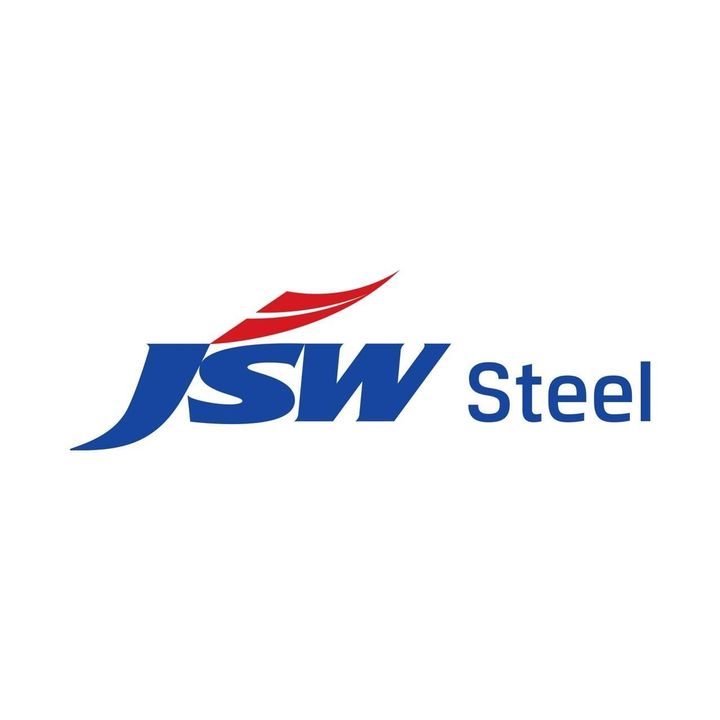Steel and Real Estate: India's Dual Growth Story
October 4, 2024, 10:47 pm

Location: India, Maharashtra, Mumbai
Employees: 10001+
Founded date: 1982
Total raised: $2.02B
India's economic landscape is a tapestry woven with threads of steel and real estate. Both sectors are poised for significant growth, yet they navigate distinct challenges and opportunities. The steel industry, buoyed by a robust expansion plan, is set to add 23 million tonnes of crude steel capacity by 2027. Meanwhile, the real estate market is witnessing a steady uptick in housing sales, driven by demand for premium properties. Together, these sectors reflect India's resilience and potential in a rapidly changing global economy.
The steel industry is a heavyweight in India's economic arena. According to a recent report by Nomura, the sector is expected to grow at a compound annual growth rate (CAGR) of 4.8% from FY24 to FY27. This growth aligns with the long-term trend observed from FY15 to FY24. Major players like JSW, JSPL, Tata Steel, and ArcelorMittal & Nippon Steel are spearheading this expansion, accounting for nearly 87% of the capacity increase.
JSW Steel plans to add 7 million tonnes by FY28, while JSPL aims for 6.3 million tonnes by FY27. These figures illustrate a sector in motion, a train gathering speed on the tracks of opportunity. Yet, despite this capacity increase, demand is expected to outpace supply. Analysts predict a conservative 6% CAGR in steel demand through FY27, hinting at a tightening market. This imbalance could reduce the reliance on exports, allowing domestic producers to focus on local consumption.
India's steel companies are well-positioned on the global stage. They operate at the lower end of the cost curve, thanks to competitive labor costs and favorable iron ore prices. This advantage is crucial as the world grapples with fluctuating commodity prices. The expansion strategy is primarily brownfield, focusing on upgrading existing facilities rather than building new ones from scratch. This approach minimizes risk and maximizes efficiency.
In contrast, the real estate sector is experiencing a different kind of growth. Housing sales rose by 5% in the July-September period, reaching 87,108 units across eight major cities. This increase is driven by a surge in demand for premium homes, as reported by Knight Frank India. The residential market is showing signs of resilience, even as other reports indicate a decline in total sales. This divergence suggests a market in transition, where luxury properties are becoming increasingly sought after.
However, the real estate sector is not without its pitfalls. Recent incidents highlight the darker side of property transactions. An NRI from Nigeria was duped of Rs 30.6 million by a Hyderabad real estate firm. The promise of land in a prime location, backed by a celebrity endorsement, turned into a nightmare when the company failed to deliver. Such cases tarnish the reputation of the industry and underscore the need for stricter regulations and consumer protection.
The Telangana High Court's recent decision to grant bail to a municipal commissioner involved in a controversial building permissions case adds another layer of complexity. The case revolves around alleged violations in granting permissions within a protected zone. This incident raises questions about governance and accountability in urban planning. As cities expand, the balance between development and environmental protection becomes increasingly critical.
Both sectors are interconnected. The growth of the steel industry fuels construction, while real estate development drives demand for steel. This symbiotic relationship is vital for India's economic health. As steel companies ramp up production, they create a ripple effect in the construction sector, leading to more housing projects and infrastructure development.
Looking ahead, the future of these industries appears promising. The steel sector's expansion is backed by strong domestic demand, reducing reliance on exports. Meanwhile, the real estate market's focus on premium properties indicates a shift in consumer preferences. As urbanization continues, the demand for quality housing will only increase.
However, challenges remain. The steel industry must navigate fluctuating global prices and potential trade barriers. The real estate sector faces issues of transparency and trust, which can deter potential buyers. Addressing these challenges will be crucial for sustaining growth.
In conclusion, India's steel and real estate sectors are on the brink of transformation. With strategic expansions and a focus on quality, they hold the potential to drive economic growth. As these industries evolve, they will shape the future of India's urban landscape. The journey ahead is fraught with challenges, but the promise of progress is undeniable. Steel and real estate are not just industries; they are the backbone of a nation's aspirations.
The steel industry is a heavyweight in India's economic arena. According to a recent report by Nomura, the sector is expected to grow at a compound annual growth rate (CAGR) of 4.8% from FY24 to FY27. This growth aligns with the long-term trend observed from FY15 to FY24. Major players like JSW, JSPL, Tata Steel, and ArcelorMittal & Nippon Steel are spearheading this expansion, accounting for nearly 87% of the capacity increase.
JSW Steel plans to add 7 million tonnes by FY28, while JSPL aims for 6.3 million tonnes by FY27. These figures illustrate a sector in motion, a train gathering speed on the tracks of opportunity. Yet, despite this capacity increase, demand is expected to outpace supply. Analysts predict a conservative 6% CAGR in steel demand through FY27, hinting at a tightening market. This imbalance could reduce the reliance on exports, allowing domestic producers to focus on local consumption.
India's steel companies are well-positioned on the global stage. They operate at the lower end of the cost curve, thanks to competitive labor costs and favorable iron ore prices. This advantage is crucial as the world grapples with fluctuating commodity prices. The expansion strategy is primarily brownfield, focusing on upgrading existing facilities rather than building new ones from scratch. This approach minimizes risk and maximizes efficiency.
In contrast, the real estate sector is experiencing a different kind of growth. Housing sales rose by 5% in the July-September period, reaching 87,108 units across eight major cities. This increase is driven by a surge in demand for premium homes, as reported by Knight Frank India. The residential market is showing signs of resilience, even as other reports indicate a decline in total sales. This divergence suggests a market in transition, where luxury properties are becoming increasingly sought after.
However, the real estate sector is not without its pitfalls. Recent incidents highlight the darker side of property transactions. An NRI from Nigeria was duped of Rs 30.6 million by a Hyderabad real estate firm. The promise of land in a prime location, backed by a celebrity endorsement, turned into a nightmare when the company failed to deliver. Such cases tarnish the reputation of the industry and underscore the need for stricter regulations and consumer protection.
The Telangana High Court's recent decision to grant bail to a municipal commissioner involved in a controversial building permissions case adds another layer of complexity. The case revolves around alleged violations in granting permissions within a protected zone. This incident raises questions about governance and accountability in urban planning. As cities expand, the balance between development and environmental protection becomes increasingly critical.
Both sectors are interconnected. The growth of the steel industry fuels construction, while real estate development drives demand for steel. This symbiotic relationship is vital for India's economic health. As steel companies ramp up production, they create a ripple effect in the construction sector, leading to more housing projects and infrastructure development.
Looking ahead, the future of these industries appears promising. The steel sector's expansion is backed by strong domestic demand, reducing reliance on exports. Meanwhile, the real estate market's focus on premium properties indicates a shift in consumer preferences. As urbanization continues, the demand for quality housing will only increase.
However, challenges remain. The steel industry must navigate fluctuating global prices and potential trade barriers. The real estate sector faces issues of transparency and trust, which can deter potential buyers. Addressing these challenges will be crucial for sustaining growth.
In conclusion, India's steel and real estate sectors are on the brink of transformation. With strategic expansions and a focus on quality, they hold the potential to drive economic growth. As these industries evolve, they will shape the future of India's urban landscape. The journey ahead is fraught with challenges, but the promise of progress is undeniable. Steel and real estate are not just industries; they are the backbone of a nation's aspirations.

